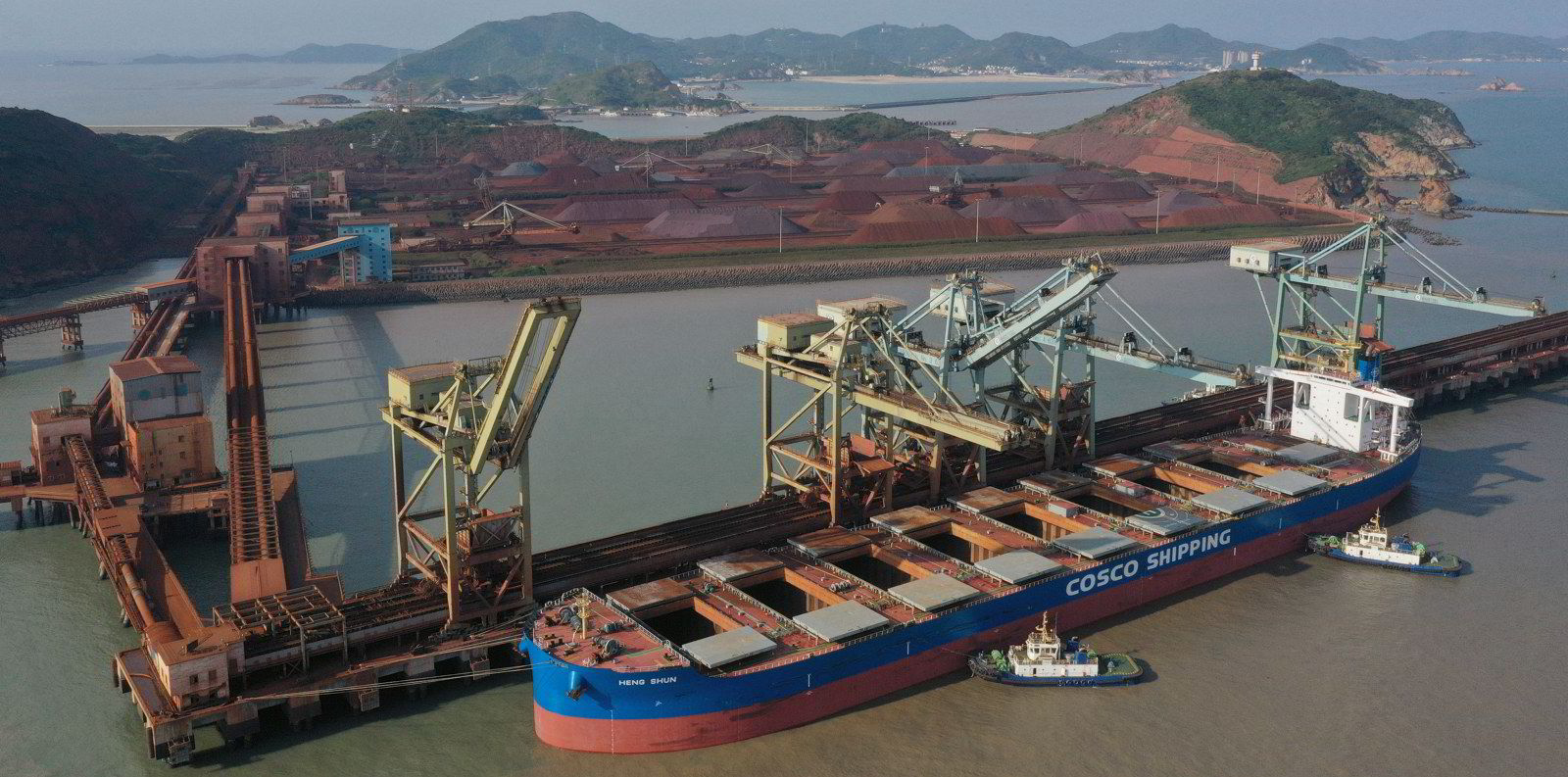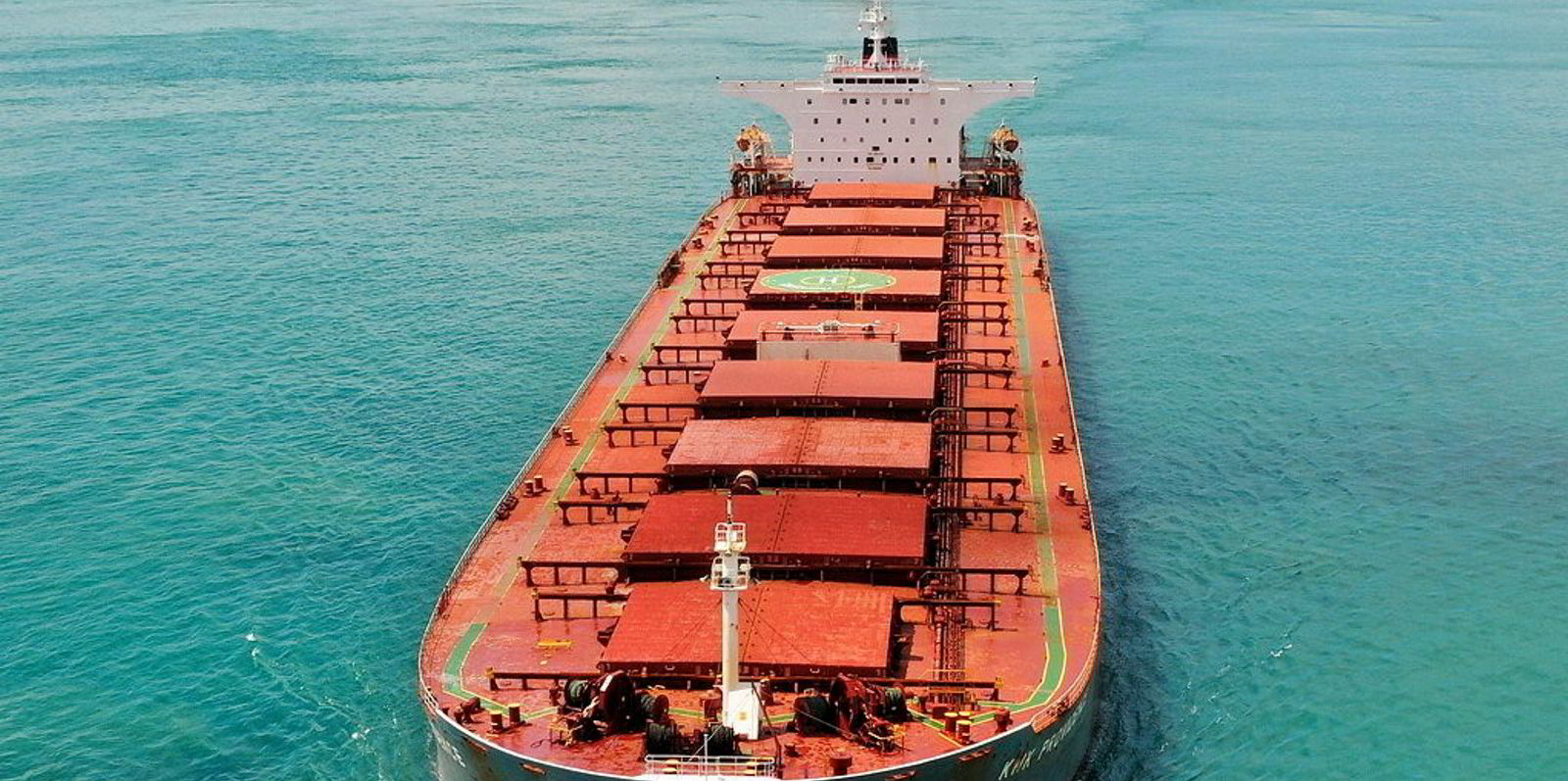The spot market for capesize bulkers plummeted over the past week on the back of withering sentiment, a futures market sell-off, analysts and a shipowner said.
The Baltic Exchange’s capesize 5TC, which averages spot rates across five key routes, dropped 31.6% since a week ago to $11,700 per day on Friday, falling to its lowest point in almost four months.
“The capesize market had a forgettable week for owners as rates slipped away,” Baltic Exchange analysts wrote on Friday in their weekly summary of the dry bulk market.
They said that despite strong cargo volumes on the Brazil-to-China trade, charters were able to push voyage rates down $3.84 over the week to $22.11m per tonne.
“Some of the softening in voyages rates can be attributed to the lowering of fuel prices as global levels have started to relent from recent highs,” the analysts said.
The 20-port global average for very low sulphur fuel oil has declined 8.8% over the past week to $844.50 per tonne, according to data from Ship & Bunker.
But bunker prices “trying to find a level” is only part of the reason why capesize rates have fallen so much, said Stamatis Tsantanis, chief executive of capesize bulker owner Seanergy Maritime Holdings.
“I think overall it has been affected by the massive sell-off that we saw in the FFAs [forward freight agreement rates], which affects the physical market as well,” he said on Thursday during a second-quarter earnings call with analysts.
The FFA market for capesizes fell during most of the week before heading in the opposite direction on Friday. The front-month rate improved 1.7% to $21,936 per day on Friday.
Brazilian miner Vale fixed an unnamed capesize on Thursday to ship 170,000 tonnes of iron ore from Tubarao, Brazil, to Qingdao, China, at $22 per tonne after loading it from 15 to 30 August.

Vale hired another unnamed capesize on 28 July to move the same amount of ore on that route at $25.60 per tonne. Loading is set for 18 to 25 August.
The decline of port congestion around the world also hurt capesize rates while also adding to growing negative market sentiment, Tsantanis said.
“We have seen a lot of unwinding of ships from delays in various ports due to mostly good weather globally, so with the first sign of disruption, we expect to see the market trending back up very aggressively,” he said.
“Nobody was expecting to see these kinds of lows as we are experiencing today, but that doesn’t change our view and how bullish we are for the sector in respect of demand and supply.”
Tsantanis said he expects capesize rates to start rising in the second half of the third quarter as more coal gets exported from Europe and other countries due to the global energy crisis.
“That’s our take on the market,” he told the analysts.






